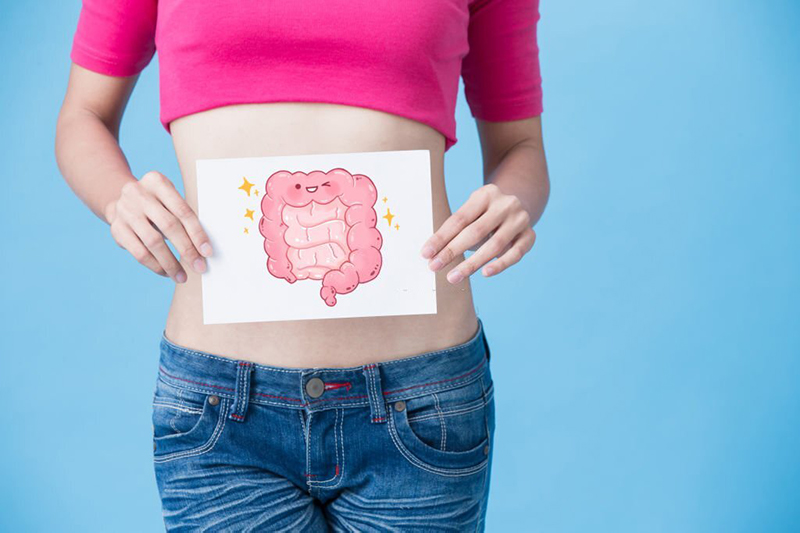Probiotics are becoming increasingly popular these days. Learning probiotics history can help us know more about them. Probiotics history can be traced back to the first use of cheese and fermented products, which were well known to the Greeks and Romans, who advocated for their consumption. Fermentation of dairy foods is one of the oldest methods of food preservation. probioticseverything.com Probiotics History
In 1907, Élie Metchnikoff, Russian scientist and Nobel laureate, proposed the original modern hypothesis of certain bacteria’s beneficial role, claiming that it would be possible to modify the gut microbiota and replace harmful microbes with beneficial microbes. Metchnikoff, a professor at the Pasteur Institute in Paris at the time, proposed the theory that aging is caused by putrefactive (proteolytic) microbes producing toxic substances in the large intestine. From the digestion of proteins, proteolytic bacteria like clostridia, which are part of the normal gut microbiota, produce toxic substances like phenols, indols, and ammonia. These compounds, according to Metchnikoff, were responsible for “intestinal autointoxication,” which caused the physical changes associated with old age. probioticseverything.com Probiotics History
Because of the low pH produced by lactose fermentation, milk fermented with lactic-acid bacteria was known to inhibit the growth of proteolytic bacteria at the time. Metchnikoff had also noticed that certain rural populations in Europe, such as those in Bulgaria and the Russian steppes, who ate lactic-acid bacteria-fermented milk, lived exceptionally long lives. Based on these findings, Metchnikoff hypothesized that drinking fermented milk would “seed” the intestine with harmless lactic-acid bacteria, lower the intestinal pH, and suppress the growth of proteolytic bacteria. Metchnikoff believed that adding sour milk fermented with the bacteria called “Bulgarian Bacillus” to his diet improved his health. Friends in Paris quickly followed his lead, and doctors began recommending the sour-milk diet to their patients. probioticseverything.com Probiotics History
Henry Tissier, who also worked at the Pasteur Institute, was the first to isolate Bifidobacteria from a breast-fed infant. Bacillus bifidus communis, the isolated bacterium, was later renamed to the genus Bifidobacterium. Tissier discovered that bifidobacteria are prevalent in the gut microbiota of breast-fed babies and that treating infant diarrhea with bifidobacteria has clinical benefits. probioticseverything.com Probiotics History
During a shigellosis outbreak in 1917, German professor Alfred Nissle isolated an Escherichia coli strain from the feces of a soldier who was not infected. At a time when antibiotics were not yet available, Nissle used the E. coli Nissle 1917 strain to treat acute gastrointestinal infectious salmonellosis and shigellosis. probioticseverything.com Probiotics History
Metchnikoff’s “Bulgarian Bacillus,” later known as Lactobacillus delbrueckii subsp. bulgaricus, could not live in the human intestine, according to Rettger and Cheplin in 1920. They used rats and human volunteers in their experiments, feeding them Lactobacillus acidophilus. They noticed that the pathogenic protist Balantidium coli, as well as other gas-producing bacteria, had vanished. L. acidophilus was further investigated by Rettger, who reasoned that bacteria from the gut were more likely to produce the desired effect in this environment. When certain strains of L. acidophilus were implanted in the human digestive tract in 1935, they were found to be very active. probioticseverything.com Probiotics History
Probiotics, in contrast to antibiotics, are microbially derived factors that promote the growth of other microorganisms. In 1989, Roy Fuller proposed that probiotics are a live microbial feed supplement that benefits the host animal by improving the microbial balance in its intestinal tract. probioticseverything.com
Microorganisms that have an effect on other microorganisms were originally referred to as “probiotics.” The concept of probiotics was based on the idea that substances secreted by one microorganism helped another microorganism grow. The term was reintroduced to describe tissue extracts that aided microbial growth. Parker coined the term probiotics to describe “organisms and substances that have a beneficial effect on the host animal by contributing to its intestinal microbial balance.” Later, Fuller greatly improved the definition, and his explanation was very close to the one used today. Probiotics are a live microbial feed supplement that benefits the host animal by improving its intestinal microbial balance, according to Fuller. He emphasized two key claims about probiotics: their viability and their ability to help with intestinal balance. probioticseverything.com
Besides, Intestinal lactic-acid bacterial species with alleged health benefits, such as Lactobacillus rhamnosus, Lactobacillus casei, and Lactobacillus johnsonii, were introduced as probiotics in the following decades. probioticseverything.com







